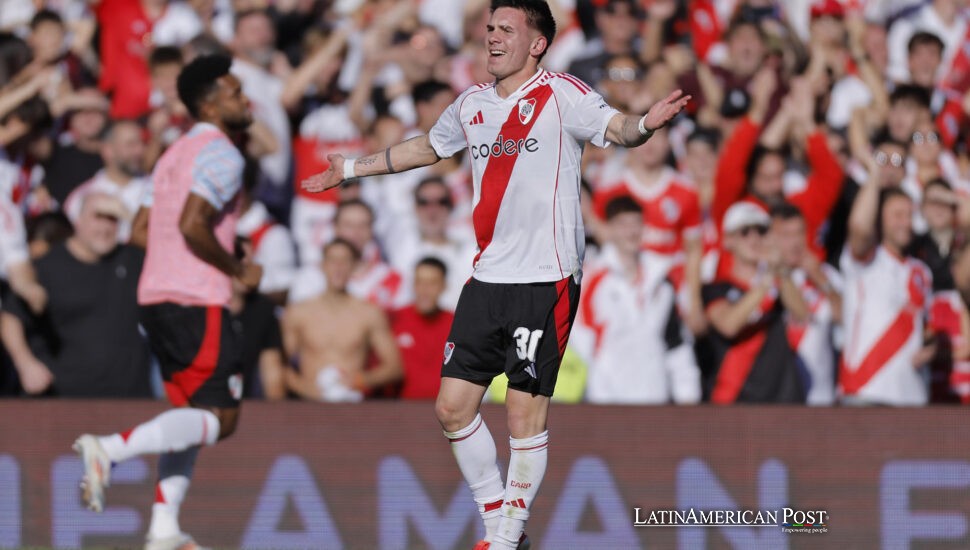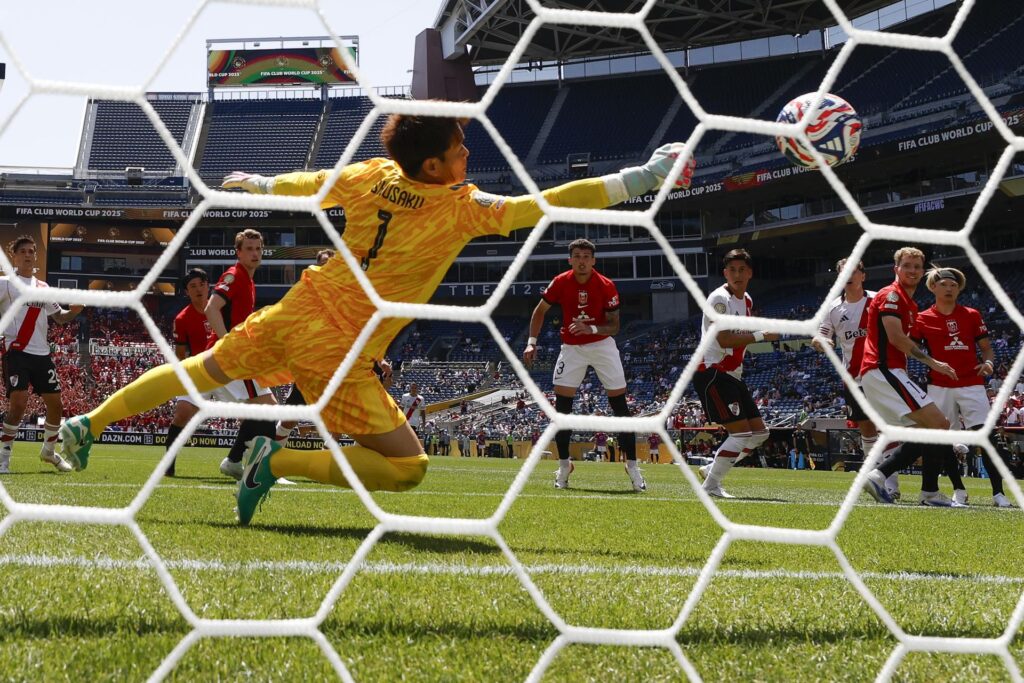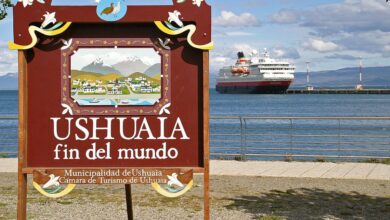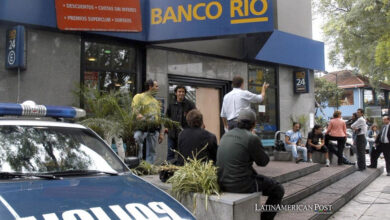River Plate’s Argentinean Gems Powering Real Madrid’s Golden Eras

From Alfredo Di Stéfano’s first whirling runs in the 1950s to 17-year-old Franco Mastantuono’s record switch in 2025, a bright red-and-white thread links River Plate to Real Madrid, sewing together decades of trophies, drama, and shared identity.
Di Stéfano – The Núñez Spark That Lit Spain
Picture Madrid in 1953—still rebuilding after the war, craving heroes. Into that void strode Alfredo Di Stéfano, fresh off River’s assembly line, hair the color of cast silver and lungs built on Buenos Aires dust. Over the next eleven seasons, he recast European football: five straight continental crowns, eight Spanish leagues, and a forward line that pressed so high some rivals hoofed the ball away rather than risk humiliation. Historians still argue whether his most remarkable feat was tactical (he was a striker, playmaker, and full-back in one body) or psychological—Spain’s battered capital suddenly felt global again.
Walk the Bernabéu museum today, and a single trophy—the Super Ballon d’Or, minted just for him in 1989—glints behind bullet-proof glass. Young Argentine recruits pause there as if asking permission to dream. The original Saeta Rubia left more than silverware; he drafted Madrid’s blueprint: River technique, Castilian ruthlessness, and trophies as a habit.
From Trickle To Torrent – River’s Alums in White
For almost two decades after Di Stéfano, the river of talent slowed to a stream. Then, in the 1970s, winger Oscar “Pinino” Más arrived, dribbling past German metronome Günter Netzer at will, and Madrid’s scouts rediscovered Ezeiza Airport. The late ’90s bridge built by Javier Saviola, Esteban Cambiasso, and Santiago Solari became an expressway in 2006 when Gonzalo Higuaín—still carrying River’s dressing-room slang—landed for €13 million. He left with three La Ligas, 121 goals, and a nickname: El Pipa, the man who made the Bernabéu hiss then sigh in equal measure.
“Each of us carried a corner of the Monumental inside our kitbag,” Solari told EFE four years ago, insisting River’s obsession with tight-space passing translates naturally to Madrid’s 80-000-voice cauldron. Supporters agree; they still sing Solari’s name when a left-footed cross finds its mark. Even the mis-hits feed the legend—ask Álvaro Bizarri, whose eleven Madrid appearances are remembered less for saves than for keeping the Argentine flag alive in goal.

Mastantuono – Teenage Heir to a Trans-Atlantic Promise
Enter Franco Mastantuono, born the year WhatsApp debuted, yet already River’s youngest Argentina international. In August, he will swap Núñez for Valdebebas after Madrid pays a package that exceeds his €45 million release clause once bonuses and youth-solidarity fees are tallied.
In ten senior starts, he scored seven times, bent two free-kicks inside terrified walls, and slid four assists through gaps only he seemed to see. River’s academy coaches describe him as zurdo de seda—a left foot wrapped in silk—and whisper that his engine resembles a hybrid of Di Stéfano’s stamina and Higuaín’s hunger. The teenager told EFE on signing day, “I looped Higuaín highlight reels until the Wi-Fi froze. Now I get to follow the same flight path—surreal.”
Carlo Ancelotti plans him as roaming interior, drifting wide when Jude Bellingham storms central lanes. The roadmap is etched in club walls: Di Stéfano showed how positional freedom terrorizes defenses; Higuaín turned blind-side runs into currency. Even Fernando Gago’s stuttering spell left a lesson—Champions League midfields can be mastered by Argentine timing. Mastantuono becomes the 34th Argentine in blanco, the 14th to trace lineage through River.
Shared DNA – And Why the Bridge Never Collapses
Ask coaches on both continents, and they will point to the same double helix: River demands technical bravery in 30-meter rectangles; Madrid weaponizes that bravery under global floodlights. River boys arrive in Spain fluent in rondo geometry; Madrid layers on killer instinct. Academics who track talent flows call the Bernabéu a “trophy accelerator”—go there at 20, collect medals by 25, and captain Argentina by 28. River, in turn, pockets transfer fees that fund the next generation of barrio futsal magicians.
Of course, not every chapter is golden. Walter Samuel lasted one season, yet his fierce near-post guarding influenced a young Sergio Ramos. Álvaro Bizarri faded but opened the door for Diego Lopez to study Argentine positioning. Even miscues ripple forward; clips of Fernando Redondo’s 2000 pirouette at Old Trafford still play on Valdebebas monitors, inspiring under-14s to try audacious half-turns.
Madrid’s accountants love the cycle, too. Club economists estimate that one deep Champions League run repays Mastantuono’s fee via prize money, jersey sales, and a spike in South American streaming subscriptions. Numbers aside, the romance matters, says museum guide Paula Gutiérrez: “Fans walk past Di Stéfano’s boots, then spot Higuaín’s gloves, and now they’ll ask where Mastantuono’s first shirt will hang.”
Next Tango: Goals Under Spanish Moon
Madrid now chases a 16th Champions League with an orchestra of accents—English, Uruguayan, Brazilian, and soon a teenage Argentine voice warming up. If history rhymes, Mastantuono will notch a debut assist in some rain-slicked November league game, then hear 80 000 Madrileños roll his double surname like a drumbeat.
Also Read: Brazilian Ageless Wonder Fabio Makes Messi Look Fresh-Faced
Di Stéfano shrugged, “Nothing is as Argentine as the tango—except scoring goals.” In the coming seasons, every shimmy by Mastantuono will be measured against that credo; each pass weighed against echoes of Saeta Rubia sprinting from Núñez in an age of black-and-white newsreels. Seventy-plus years on, the reel still rolls; the bridge still holds. And when the Bernabéu roars its next trophy anthem, odds are good another River Plate alumnus will be dancing at the front of the parade, boots tapping out a rhythm learned long ago on the banks of the Río de la Plata.





